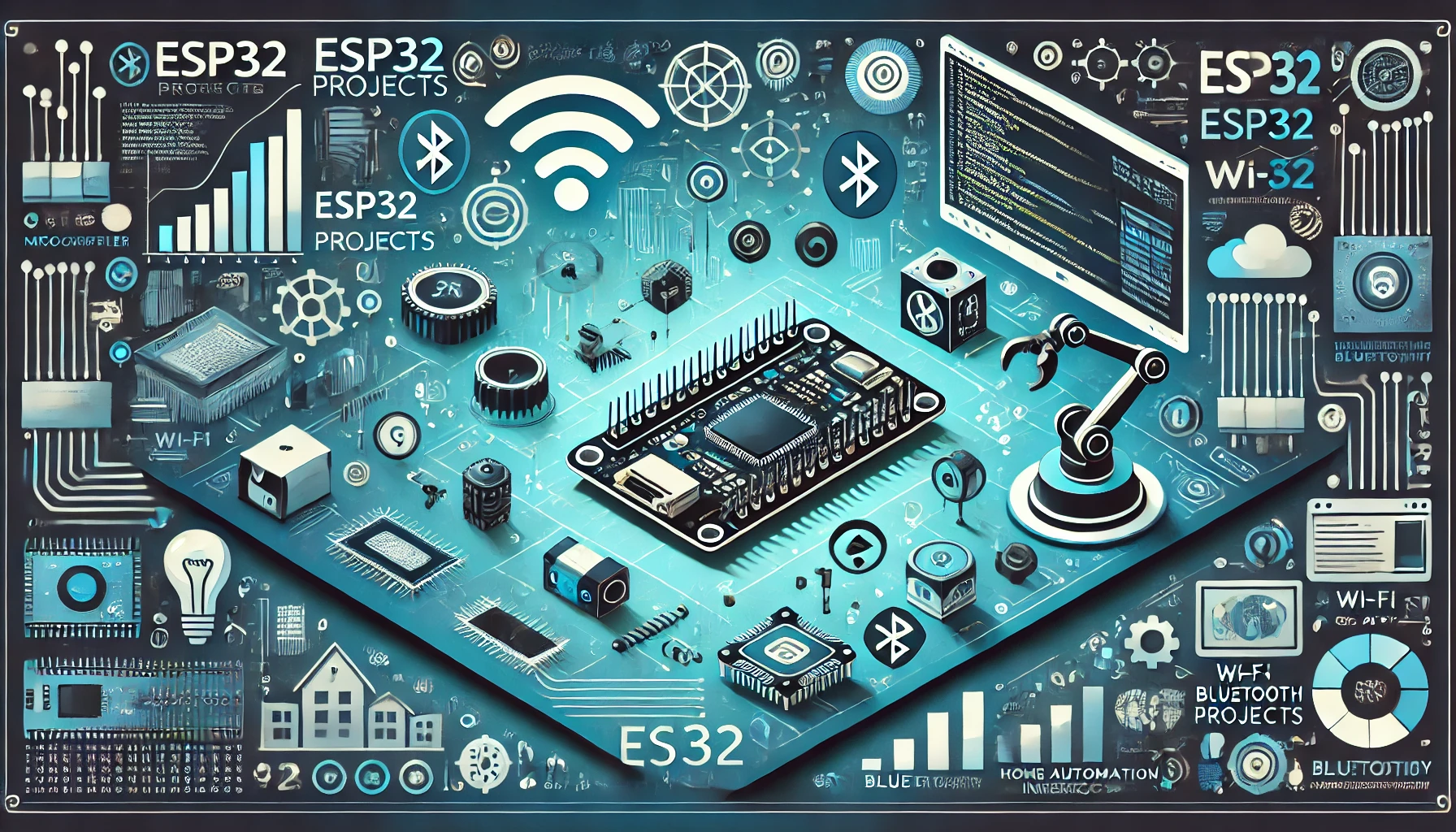Solar Revolution: Thin, Flexible, and Innovative Materials are Transforming Solar Energy Technology
Solar energy is rapidly becoming one of the most important sources of renewable energy, and the technology behind it is evolving at an incredible pace. Among the most exciting developments in this field are thin-film solar cells, ultrathin solar panels, and hair-thin solar panels, which are revolutionizing the way we think about solar power. These innovations are making solar energy more accessible, versatile, and efficient than ever before. In this blog, we will explore how these cutting-edge technologies are transforming the solar industry and what the future holds for solar energy.
The Rise of Thin and Flexible Solar Technology
Thin-film solar cells are at the forefront of the solar revolution. These solar cells are incredibly lightweight and flexible, making them ideal for a wide range of applications. Traditional solar panels are bulky and rigid, limiting their use to rooftops and large open spaces. In contrast, thin-film solar cells can be applied to a variety of surfaces, including curved and uneven ones, which opens up new possibilities for solar energy generation.
Ultrathin solar panels take this a step further by being even thinner and lighter than traditional thin-film cells. These panels are so thin that they can be integrated into everyday objects, such as clothing, backpacks, and even electronic devices. The flexibility of these panels means they can be used in situations where traditional solar panels would be impractical, such as in disaster relief efforts or on the sails of boats.
One of the most remarkable innovations in this field is the development of hair-thin solar panels. These panels are thinner than a human hair, yet they are capable of generating significant amounts of electricity. This breakthrough in solar technology is not only making solar panels more versatile but also more efficient, as these ultrathin panels can capture more sunlight per unit area compared to traditional panels.
The Power of Advanced Materials: Perovskites and Nanotechnology
The materials used in solar panels play a crucial role in their efficiency and versatility. One of the most promising materials in solar technology today is perovskite. Perovskite solar cells are known for their high efficiency and low production costs. Unlike traditional silicon-based solar cells, perovskite cells can be manufactured using simple processes, such as inkjet printing, which makes them much cheaper to produce.
Perovskites are also incredibly versatile. They can be applied to a variety of surfaces, including flexible substrates, which makes them ideal for use in printable solar panels. These panels can be printed onto fabrics, plastics, and even paper, making solar energy more accessible than ever before. The flexibility and low cost of perovskite solar cells are driving their adoption in a wide range of applications, from portable solar chargers to large-scale solar farms.
In addition to perovskites, nanotechnology solar cells are also playing a key role in the evolution of solar technology. Nanotechnology allows for the creation of solar cells that are not only incredibly small but also highly efficient. These cells can be integrated into everyday objects, such as windows and clothing, turning them into sources of renewable energy. The potential applications for nanotechnology solar cells are vast, and as the technology continues to improve, we can expect to see even more innovative uses for these tiny power generators.
Solar Panels on Any Surface: Expanding the Horizons of Renewable Energy
One of the most exciting aspects of modern solar technology is its ability to be applied to almost any surface. Solar cells on fabric are a prime example of this innovation. By integrating solar cells into fabrics, it becomes possible to create solar-powered clothing and accessories that generate electricity as you go about your day. This technology is particularly useful for outdoor enthusiasts and professionals who need a reliable source of power while on the move.
Another groundbreaking development is the ability to apply solar panels on any surface. This means that solar panels can now be integrated into building materials, vehicles, and even everyday objects like phone cases and backpacks. The ability to turn virtually any surface into a solar panel is transforming the way we think about renewable energy. No longer are solar panels confined to rooftops and solar farms; they can now be seamlessly integrated into our daily lives, providing clean energy wherever it is needed.
The use of flexible solar panels is also expanding the possibilities for solar energy. These panels can be bent and shaped to fit onto curved surfaces, such as the roofs of cars and boats. This flexibility allows for the creation of solar-powered vehicles and other innovative applications that were previously impossible with traditional rigid panels. As flexible solar panels become more widely available, we can expect to see them used in a variety of creative ways, from powering portable devices to providing energy in remote areas.
The Future of Solar Energy: What Lies Ahead
The advancements in thin, flexible, and innovative solar materials are just the beginning of what promises to be a bright future for solar energy. As these technologies continue to improve, we can expect to see even greater efficiency, lower costs, and more widespread adoption of solar power.
Lightweight solar panels, for example, are making it possible to deploy solar energy in areas where it was previously impractical. These panels can be easily transported and installed, making them ideal for use in disaster relief efforts and remote locations. The ability to generate electricity in places that are off the grid is a game-changer, providing power to those who need it most.
The development of printable solar panels is also poised to revolutionize the solar industry. By making solar panels as easy to produce as printing a newspaper, this technology could lead to a dramatic increase in solar energy adoption. Imagine being able to print solar panels on demand, whenever and wherever they are needed. This level of accessibility could make solar power the go-to source of energy for people all over the world.
As we look to the future, it is clear that perovskite solar cells, nanotechnology solar cells, and other advanced materials will continue to play a key role in the evolution of solar technology. These materials are not only making solar panels more efficient but also more versatile, allowing them to be used in a wider range of applications than ever before. The potential for solar energy is virtually limitless, and as these technologies continue to evolve, we can expect to see even more innovative uses for solar power.
Conclusion: Embracing the Solar Revolution
The solar revolution is here, and it is transforming the way we think about energy. From thin-film solar cells to ultrathin solar panels, the advancements in solar technology are making it easier than ever to harness the power of the sun. By embracing these innovations, we can reduce our reliance on fossil fuels and move towards a more sustainable future.
Whether it is through the use of hair-thin solar panels, solar cells on fabric, or solar panels on any surface, the possibilities for solar energy are endless. As these technologies continue to improve, we can expect to see even greater efficiency, lower costs, and more widespread adoption of solar power. The future of energy is bright, and it is being powered by the sun.
For more insights on the latest technological advancements and their impact on renewable energy, visit Regent Studies. Additionally, you can learn more about the potential of ultrathin solar technology from Fast Company.




